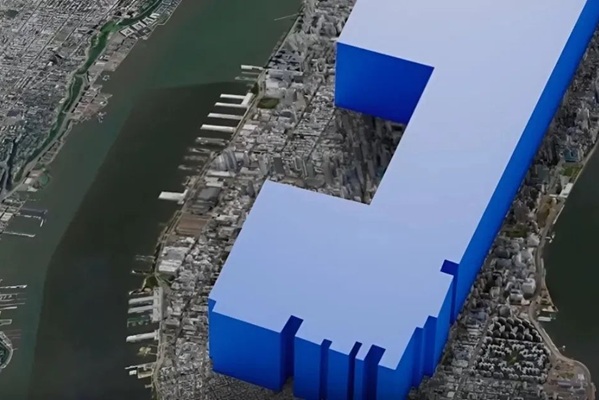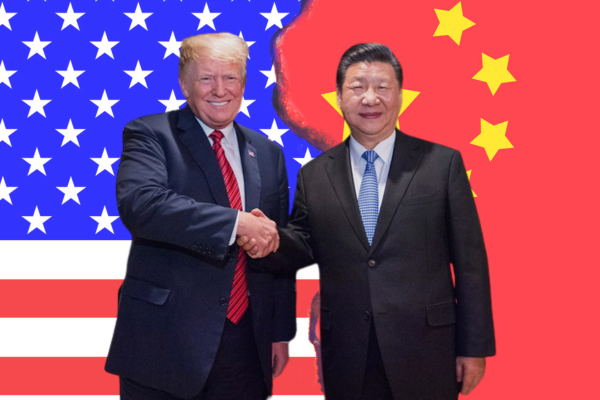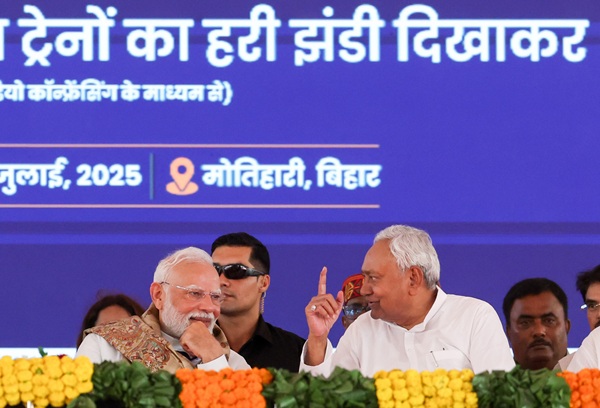.png)
November 6, 2025 at 10:33 AM IST
Bharti Airtel’s July-September earnings show revenue holding steady, margins expanding, and premiumisation still working, demonstrating that the business can deliver growth without tariff hikes grabbing the headlines. Consolidated revenue reached ₹521.45 billion, with EBITDA rising to ₹299.19 billion, while average revenue per user improved to ₹256 from ₹233 last year, showing that disciplined premiumisation can drive growth without tariff triggers. Airtel added 951,000 new customers during the quarter.
The earnings call hinted at bold plans but held back details, making it harder for investors to value an ambition that remains undefined.
The partnership with Google on data centres illustrates Airtel’s ambition, but also its reluctance to quantify it. Bharti Airtel will build a cable landing station, a terrestrial network, and the data centre infrastructure in Visakhapatnam. Hyperscaler demand is rising, and owning digital plumbing can elevate Airtel’s relevance. However, when analysts tried to gauge the potential capital scale, management offered enthusiasm instead of figures.
Hyperscale projects can require billions of dollars, sometimes tens of billions. That range is too wide for a market that needs clarity. Free cash flow near ₹500 billion annually looks strong today, yet that strength will be tested as the company’s infrastructure ambitions grow.
Home broadband is another area where future assumptions need firmer grounding. Bharti Airtel calls this moment a land grab because India is far from achieving saturation in connected households, and fixed wireless gives reach beyond fibre trenches.
The claim that the cost per connected home on fibre and fixed wireless is comparable depends on sustained high utilisation and low churn. Analysts have seen similar math in global markets where churn ultimately decides whether lifetime value becomes triumph or trouble.
Questions about whether fixed wireless adoption could strain capacity received a confident defence. Standalone capability already covers 13 circles, and spectrum refarming will accompany the growing penetration of 5G devices. Even so, investors still want a timeline for turning potential into paid usage, since capacity that cannot be monetised holds little strategic value.
Tariffs remain the most powerful lever Bharti Airtel has, and management knows that pulling it too soon or too loudly can spark unnecessary conflict. Airtel sits at an ARPU of ₹256, with double-digit year-on-year growth, despite a low-price landscape that shapes the Indian telecom market. Premium customers continue to enjoy budget pricing because the current market structure does not force meaningful differentiation. A smarter price ladder could lift ARPU without shocking the base, though management’s patience slows margin expansion that could accelerate with bolder choices.
The decision to increase stake in Indus Towers signals conviction about passive infrastructure, but stopping at 5% hints at an internal debate not yet ready for daylight. Bharti Airtel has a track record of acting decisively when a strategic logic is completely settled, so this measured step suggests the final intent may still evolve with regulatory confidence and timing.
Clarity on adjusted gross revenue also stayed in a cautious zone. Bharti Airtel welcomed the opportunity to clear dues up to 2016-17, though it avoided any forecast as discussions with the government continue. When potential upside overlaps with policy uncertainty, silence may be rational, but the market rarely discounts optimism it cannot model.
Airtel continues to capture market share from weaker rivals and wireless revenue is still growing around 10% each year. Margins are expanding faster because cost lines have been rationalised, and the premium mix keeps rising. Operating leverage is finally delivering rewards that long-term investors had hoped for, even as the industry is burdened by overcapacity and under-pricing.
Yet the valuation of a company presenting itself as a steady compounder relies on how confidently the next chapter takes shape. Investors reward performance only until uncertainty about future choices turns into a risk premium. Bharti Airtel recognises its pricing power, understands that broadband economics drive sustainability, and accepts that data centre capital must be ambitious and efficient. Yet, it is not ready to share the full blueprint.





